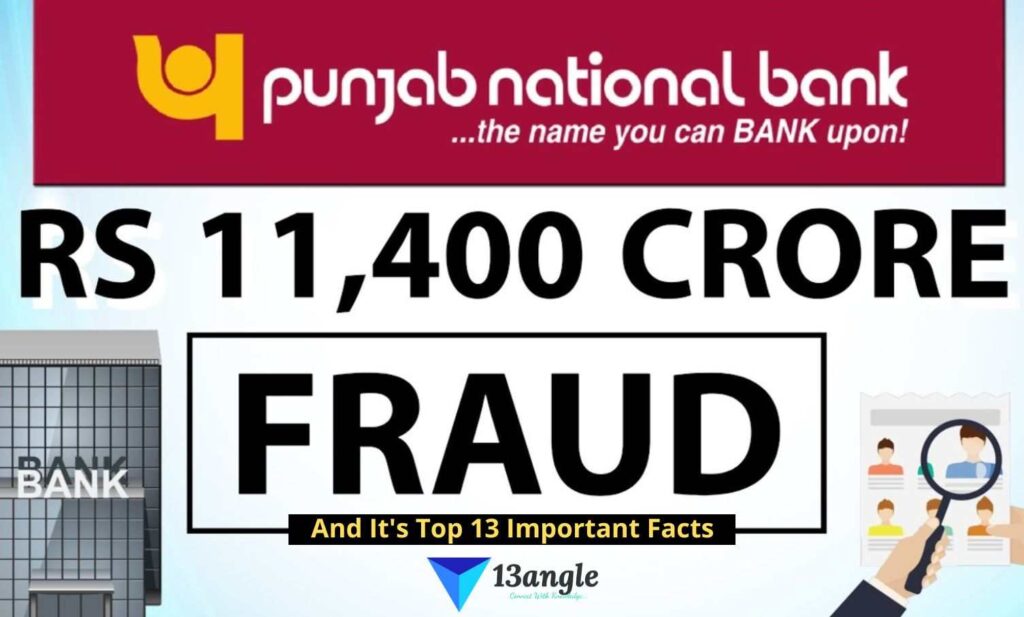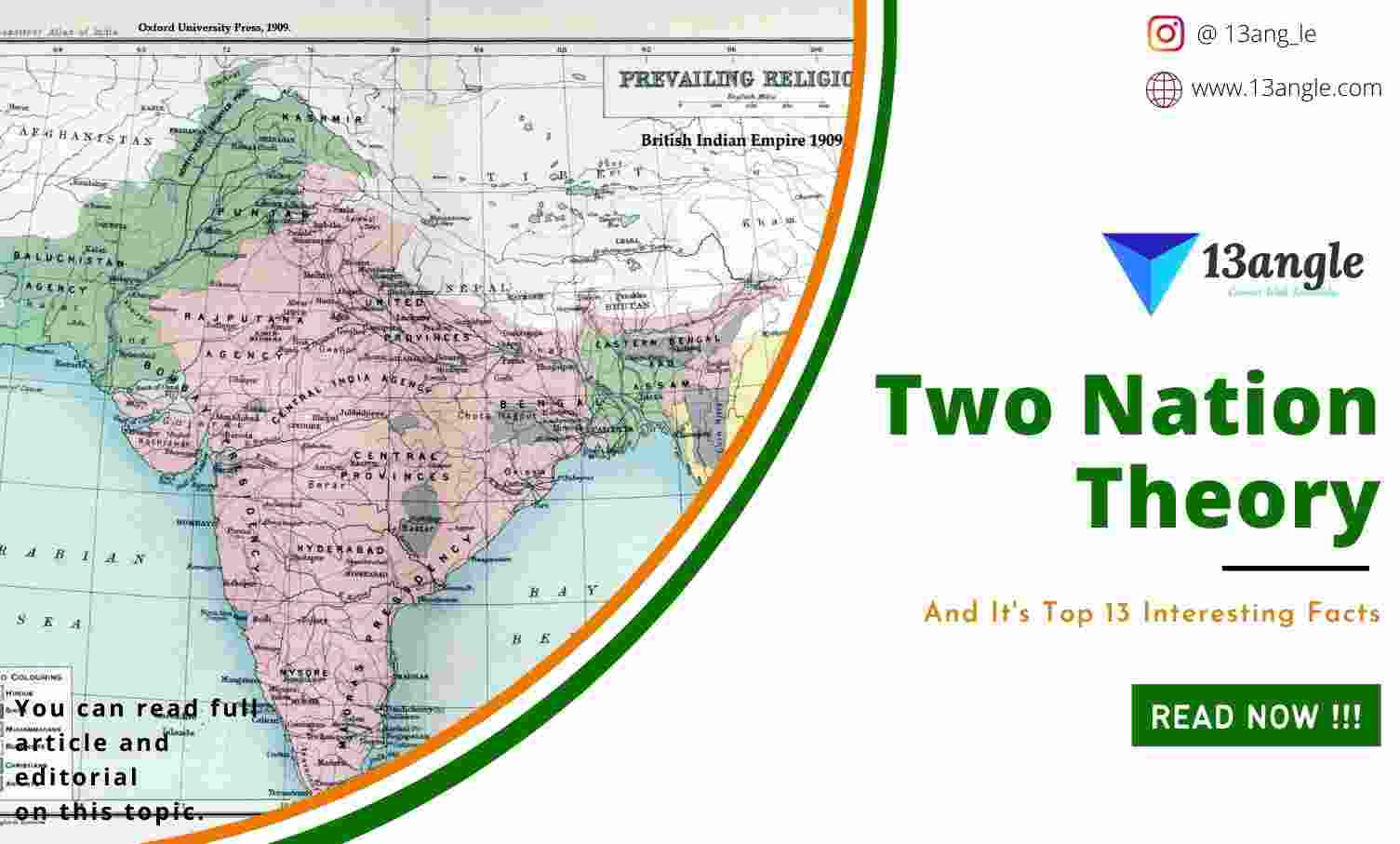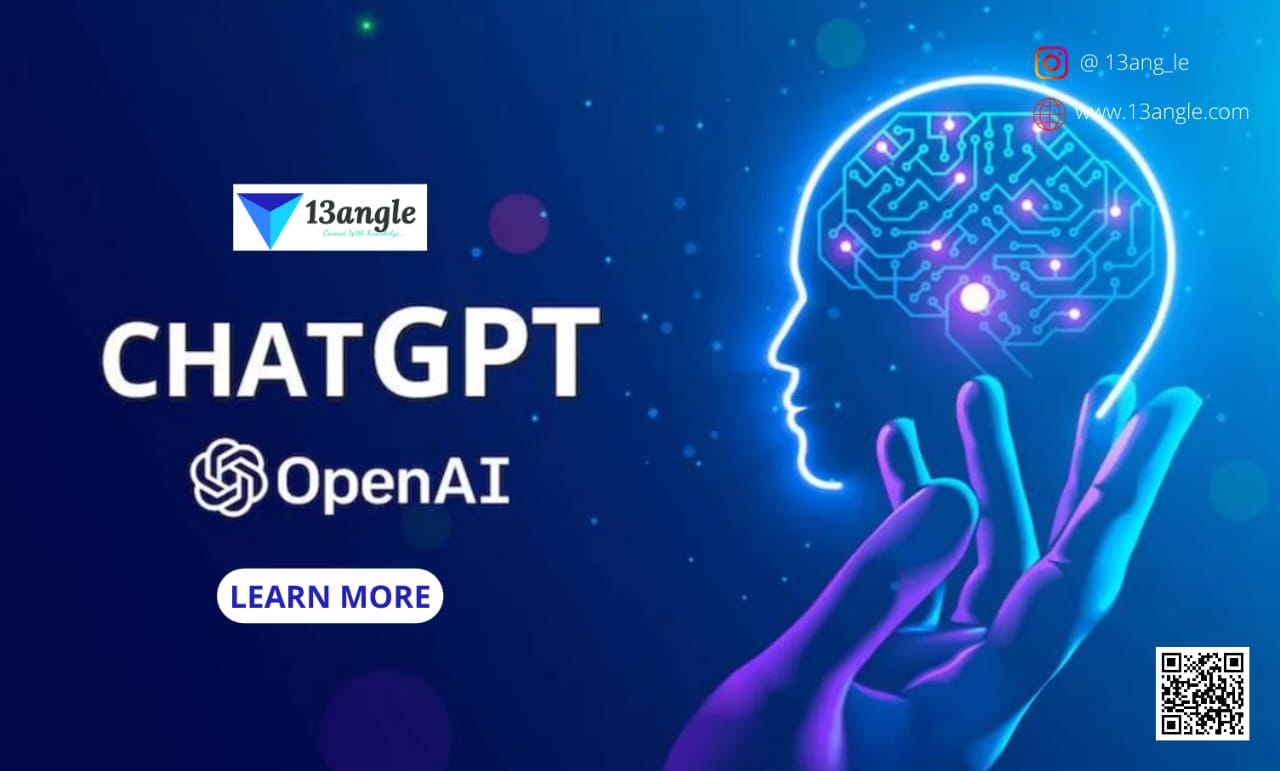
Introduction
- The Punjab National Bank case involves a bank-issued bogus letter of undertaking for Rs 10,000 crore. Jeweler and designer Nirav Modi, his maternal uncle Mehul Choksi, and his relatives, as well as certain PNB workers, were the main defendants in the case. Nirav Modi and his family fled India in early 2018, only days before the scam was made public. The PNB scam has been labeled the largest banking fraud in Indian history.
What Is This Scam About
At PNB’s Brady House branch in Fort, Mumbai, bankers utilized forged Letters of Undertakings (LoUs). The Memorandums of Understanding were signed in favor of Indian bank branches for the import of pearls for a term of one year, with the Reserve Bank of India allowing a total time period of 90 days from the date of shipping.
This rule was disregarded by Indian banks’ abroad offices. They failed to share any documents or information with PNB that were provided to them by the firms when they applied for loans. Nirav Modi obtained his first fraudulent assurance from PNB on March 10, 2011, and he received 1,212 more over the next 74 months.
The fugitive diamond merchant utilized bank token devices to move unlawful payments to overseas sham firms, according to the Enforcement Directorate.
Nehal Modi, Nirav Modi’s brother, had destroyed the devices and even protected a server in the United Arab Emirates (UAE) immediately after the scam was revealed, according to the inquiry. The fraudulent PNB LoUs were being sent to these fictitious firms, which were based in the British Virgin Islands and other tax havens.
PNB staff abused the SWIFT network to send fund-requirement signals to Allahabad Bank and Axis Bank. All of this was done with SWIFT passwords, but the transactions were never recorded in the bank’s core system, leaving PNB management in the dark for years.
PNB filed a criminal complaint with India’s federal investigative agency on Jan. 29 alleging that three companies and four individuals, including billionaire jeweler Nirav Modi and his uncle Mehul Choksi, the managing director of Gitanjali Gems, defrauded PNB and caused a loss of 2.8 billion rupees ($43 million), had defrauded PNB.
The bank raised the amount involved in the scam to 113.94 billion rupees ($1.77 billion) in a regulatory filing on Feb. 14.
The bank claimed that two junior workers at its Brady House office in Mumbai conspired with Modi and Choksi’s companies to issue bogus “letters of undertaking,” or LoUs, without asking for any margin money as security, despite the fact that the companies didn’t have any preapproved credit limit. According to PNB, the companies used these LoUs to get short-term loans from overseas branches of other Indian banks, as well as bogus foreign letters of credit (FLCs) in favor of international suppliers.
How Did The Fraud Come To Light?
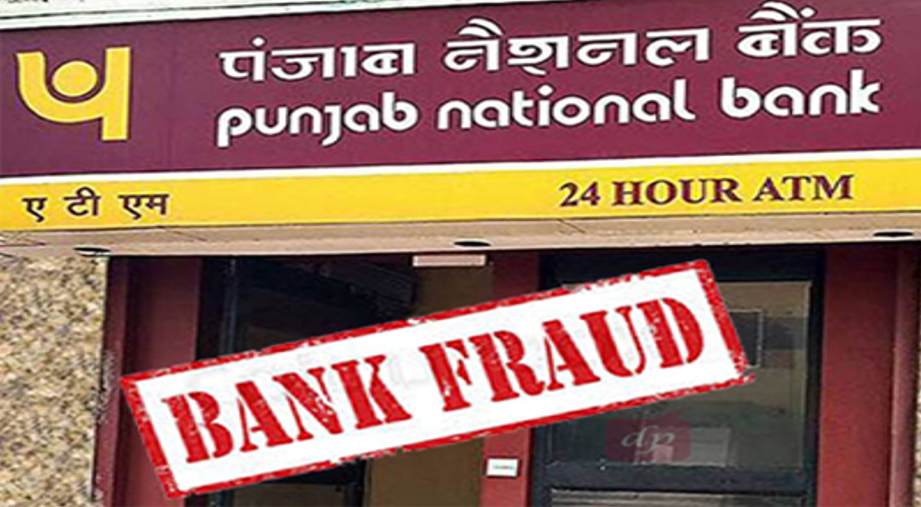
According to PNB, a representative of one of the accused companies presented a set of import paperwork to the Mumbai branch on January 16 and asked buyers’ credit to pay overseas suppliers. Because there was no pre-arranged credit limit, the branch official urged the businesses to put down the entire amount as collateral so that the bank could issue Letters of Understanding (LoUs) to authorize the credit.
PNB checked its records and discovered no indication of any transactions, according to the bank’s report, when the representative claimed they had used such facilities in the past without holding any money as collateral.
It was later discovered that two junior employees had issued LOUs over the SWIFT interbank messaging system without recording any of the transactions into the bank’s own system. According to PNB, such transactions went undetected for years.
According to bankers, the SWIFT system, which is used for international transactions, and the core banking system in many Indian banks work independently of one another. The outstanding LoUs, according to PNB, was not available on its core banking system, which runs on Infosys’ Finacle software, and so went unreported.
Who Are The People And Companies Accused Of Involvement?
PNB had accused three firms – Solar Exports, Stellar Diamonds, and Diamond R US – of belonging to Nirav Modi, a high-end jeweler with locations from New York to Beijing. According to PNB, Modi’s businesses cooperated with bank employees, and it suspects that some personnel at foreign branches of other Indian banks that issued credit were also involved. It also included Choksi’s enterprises Gitanjali Gems, Gili India, and Nakshatra.
Choksi’s role in the fraud has also been rejected by Gitanjali. Choksi maintained his innocence in an open letter to staff, advising them to look for other positions because his assets had been seized and he was unable to pay salaries.
Who Assumes The Liability?
The transactions were “contingent,” according to PNB, which was ready to honor “bona fide” pledges. It claimed, in response to media reports, that it had received no instructions from the RBI or the government to compensate other banks that had given loans based on the bogus assurances.
According to banking insiders, several banks who provided loans based on PNB guarantees and were at risk of losing money want PNB to pay up.
PNB stated the other banks share some of the culpability because they “missed” certain Indian central bank requirements in a Feb 12 “caution note” written to the CEOs of 30 institutions.
PNBstated that it will pursue all “legal means available” to recover its debts.
Who Is Nirav Modi?
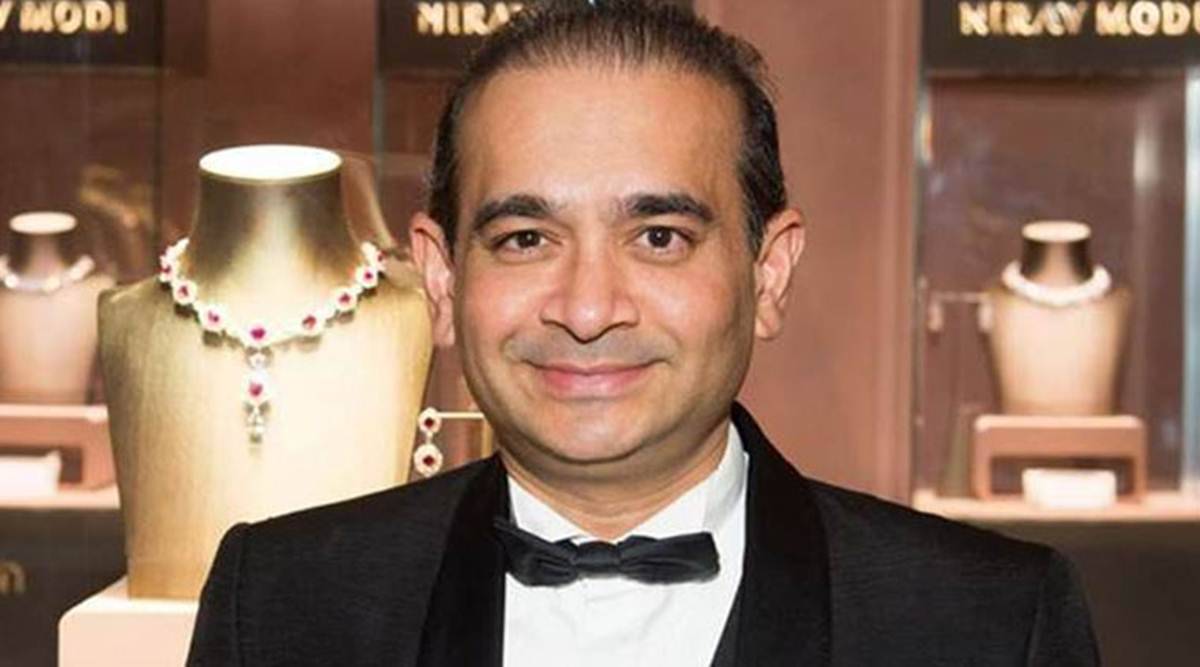
Before the PNB scandal broke up in February 2018, Nirav Modi was a ‘famous’ diamantaire. His alleged role in the scam, as well as the involvement of bank executives and employees affiliated with Modi’s many businesses, gradually emerged. Modi was thought to have departed India prior to this. He was apprehended after being spotted in London in early 2019.
Nirav Modi is a high-end diamond jeweler and designer who was placed 57th on Forbes’ 2017 billionaire list. In addition, he is the founder of the Nirav Modi diamond jewelry retail chain. Modi is the Chairman of Firestar International, the parent company of the Nirav Modi retail chain, which has locations in important global markets.
Mehul Choksi Masterminded Rs. 13,500 Crore PNB Scam: India To Dominican High Court.
Mehul Choksi masterminded the Rs 13,500 crore Punjab National Bank (PNB) scam, the Government of India told Dominican authorities.
The Dominican High Court dismissed fugitive diamond trader Mehul Choksi’s bail plea. One of the keys accused in the PNB scam, Choksi was arrested in Dominica for illegally entering the Caribbean nation.
Indian authorities filed a petition before the high court in Dominica, seeking permission to join the case against Mehul Choksi. The affidavit is part of an impalement application filed on behalf of the Central Bureau of Investigation (CBI) and the Ministry of External Affairs (MEA).
PNB Fraud: Loopholes In Indian Banks’ Systems Were Flagged, But Not Fixed
As early as mid-2016, the Reserve Bank of India found issues relating to the exploitation of the SWIFT interbank messaging system, as well as other flaws in several banks’ information technology infrastructure, according to documents.
A $2 billion scam at Punjab National Bank, India’s second-largest state-run lender, raised concerns about bank auditing and regulatory control.
As early as mid-2016, the Reserve Bank of India (RBI) discovered issues relating to the exploitation of the SWIFT interbank messaging system, as well as other loopholes in several banks’ information technology infrastructure, according to documents examined by Reuters.
Many of these flaws are only now being addressed as a result of the PNB case.
On July 22, 2016, the RBI sent an email to all banks, requesting that they strengthen controls overpayment instructions sent to other banks and reconcile their NOSTRO accounts — accounts held in foreign currency at another bank overseas — on a “real-time/near real-time basis so that any abnormality can be noticed immediately.”
According to the letter received by Reuters, the RBI wrote a letter to banks on August 3, 2016, reminding them of the July letter and requesting that they have their SWIFT system “comprehensively audited” right away.
According to a copy accessed by Reuters, the RBI wrote another letter to banks on November 25, 2016, stating that it had discovered several “common flaws” in the way banks were using SWIFT.
According to the letter, a decentralized SWIFT set up at many banks meant that up to 1,000 users per bank had access to SWIFT in some situations. It cautioned that this increased the possibility of “credential compromise, exposing the bank to a higher risk of fraudulent activity as well as a potential malware attack.”
Despite having a decentralized SWIFT system, the letter chastised banks for lacking adequate monitoring, highlighting, in particular, the access allowed to subordinate employees.
One of the key difficulties blamed for the alleged Punjab National Bank scam was a lack of “straight-through processing,” or a connection between most banks’ basic accounting software and the SWIFT system, as emphasized by the RBI.
According to the RBI, most banks lack a method to check if every outward SWIFT communication connected to trade finance has a corresponding underlying letter of credit, allowing them to detect if a letter of credit was fraudulently issued.
The Reserve Bank of India has requested banks to reconcile any SWIFT letters of credit they have issued and ensure that they are reflected in their accounts. Banks were given until February 28, 2017, to accomplish this work and report back to the RBI by March 15, 2017.
After The PNB Fraud
On February 20, 2018, the RBI sent a letter to all bank CEOs, laying out severe timelines for more than two dozen activities, including the connection of SWIFT with the core banking system by April 30.
It also required real-time nostro reconciliation, payment message reconciliation every one or two hours, and a tightening of the SWIFT rules.
On March 1, 2018, the government enacted the Fugitive Economic Offenders Bill, which gives the government the right to seize a fugitive’s assets, including Benami assets of absconding loan defaulters, in order to prevent economic offenders from avoiding the Indian legal system. Loan defaulters, fraudsters, persons who break tax regulations, black money, Benaim properties, the financial sector, and corruption are among the economic offenders covered by the measure. The government introduced the bill in the Lok Sabha on March 12, 2018.
In an attempt to close a loophole and strengthen banks’ due diligence in trade credit, the Reserve Bank of India eliminated financial instruments such as the Letter of Understanding (Lou) and Letter of Comfort (LoC) in March 2018.
Top 13 Important Facts About PNB Scam
The PNB scam has been labeled the largest banking fraud in Indian history.
The key accused in the case were jeweller and designer Nirav Modi, his maternal uncle MehulChoksi, and other relatives and some PNB employees.
Nirav Modi got his first fraudulent guarantee from PNB on March 10, 2011 and managed to get 1,212 more such guarantees over the next 74 months.
PNB employees misused the SWIFT network to transmit messages to Allahabad Bank and Axis Bank on fund requirement.
Nirav Modi, who was declared a ‘fugitive economic offender’ in December, 2019.
A Year Before the Scandal Broke, No Red Flags in RBI’s Assessment Report
There was “inadequate monitoring of overseas exposures, exposure to NBFCs, restructured accounts…” by the senior management.
Even though there were instances of “serious frauds reported in many branches”, PNB had not classified these branches as “high risk”.
The quality of internal audit was affected due to inadequate human resources,
There was “no STP [straight-through processing] integration between CBS and various critical applications” and that CBS and K+TP (Treasury back Office) applications “were not integrated”
Nirav Modi has a long list of star clients – Kate Winslet, Steven Spielberg, Sharon Stone and Aishwarya Rai.
Nirav Modi has jewelry boutiques across three continents – in London, New York, Las Vegas, Hawai, Singapore, Beijing and Macau. In India, Nirav Modi has his stores in Mumbai and Delhi.
